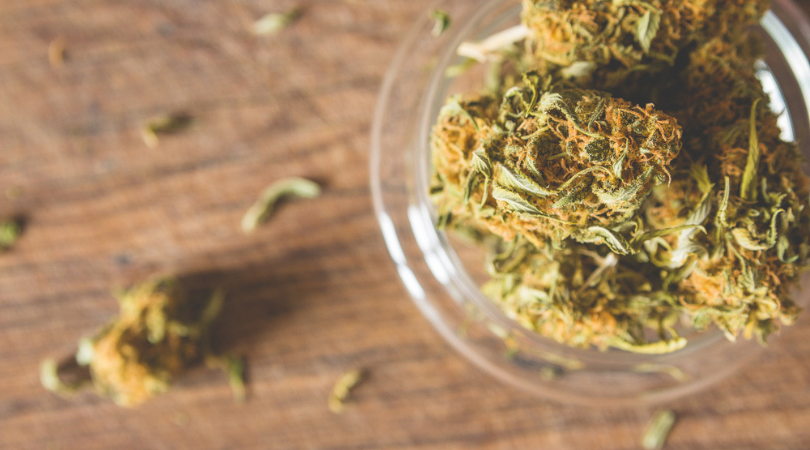SThe sativa vs indica classification is the most common method to categorize weed for many people. Both species differ in terms of their origins, appearance, cultivation requirements, effects, and medical benefits. However, this distinction has been oversimplifying things for way too long.
Classifying marijuana strains by species — sativa or indica — is a typical practice in the industry.
Ask your average cannabis consumer and they will tell you that you can either get sativa, indica, or hybrid flowers. Then they’ll probably go on with the stories of how a sativa makes you feel uplifted and ready to move mountains, while indica induces a heavy case of munchies and even more powerful sedation.
While this is true to some extent, this classification is oversimplified — there’s way more to marijuana than that.
We cannot help but blow this argument wide-open and bring you closer to the real differences between these plants in terms of their effects and growth conditions.
Let’s dive into this.
Sativa vs Indica: the Classic Distinction
Both sativa and indica come from the same plant family, they originated in different parts of the worlds and thus have unique characteristics and effects.
Here’s a quick breakdown of basic facts about these species.
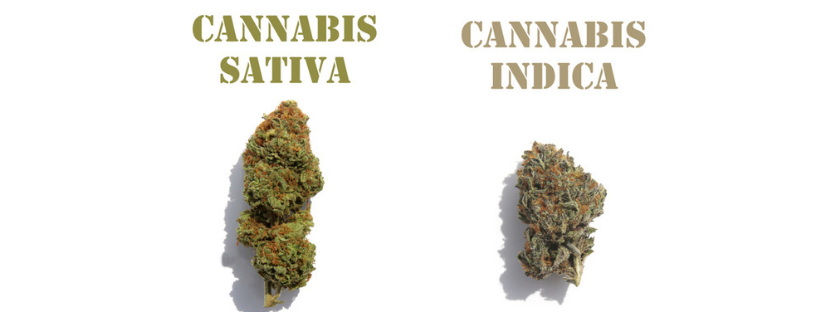
Brief Overview of the Differences Between Sativa vs Indica
| Cannabis sativa | Cannabis indica | |
| 1. Origin | Colombia, Mexico, Thailand | Afghanistan, Morocco, Turkey |
| 2. Appearance | Tall branches, fluffy buds, thin leaves, soft seeds | Short branches, dense buds, broad leaves |
| 3. Cultivation | Reaches up to 25 feet in height, better fits outdoor cultivation, gives greater yields but needs up to 90 days to be ready for harvest after the flowering stage ends | Can grow up to 6 feet, better suited for indoor cultivation, takes 40-50 days to be harvested after flowering but yields smaller buds with a thicker layer of resin. |
| 4. Effect Profile | Uplifted mood, productivity, euphoria, improved focus, stimulation, chattiness, better for social settings and daytime use | Complete relaxation, relief from pain, appetite boost, remarkable sedation, better for solo sessions and evening use |
| 5. Medical Applications | Can be used to help with mood swings, treat fatigue, lethargy, anxiety, cognitive impairments, depression, and attention-deficit disorders | Commonly used to treat inflammation, chronic pain, anxiety, and issues with sleep. |
1. Sativa vs Indica: Origins
As mentioned, both sativa and indica come from different parts of the world. Their features change according to the climate they evolved to survive.
Cannabis sativa plants originated from countries located by the equator such as Mexico, Colombia, and Thailand. Some traces of sativas can be also found in Cambodia, Laos, the Phillippines, Nepal, and Vietnam.
Cannabis indica plants have their roots in colder mountainous regions with higher altitude. They probably originated from Afghanistan, Morocco, and Turkey. Many indica buds have the “kush” suffix added to their name because they come from the Hindu Kush region of the Middle East.
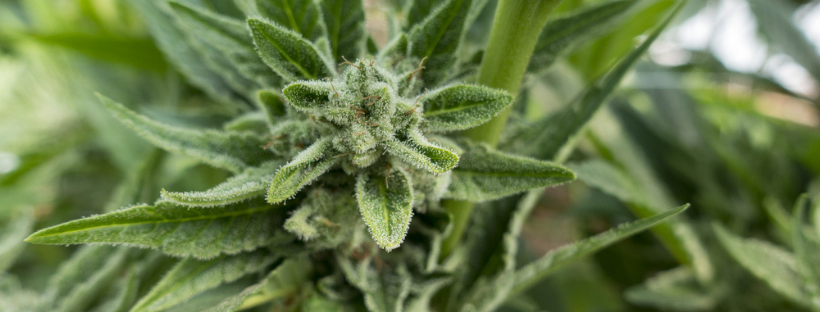
2. Sativa vs Indica: Appearance
Cannabis sativa plants are much taller than indicas; they can reach up to 20-25 feet in height. The telltale sign that you’re staying in front of a sativa plant is its thin, narrow leaves and tall branches. They also yield very soft seeds compared to Cannabis indica.
Cannabis indica usually grows bulkier and wider. They’re more compact than sativa strains, reaching only 6 feet in height. Indica strains have broad leaves and are more similar to a bush than a tree. This makes for a sturdy base for the heavy, resinous buds, which look more appealing than most sativas.
3. Sativa vs Indica: Cultivation
Cannabis sativa plants are better suited for outdoor cultivation due to their height. They also need more time to grow than other cannabis species, being ready for the harvest within 60-90 days after flowering.
Cannabis indica plants are more easily grown in indoor conditions as they are shorter than sativas and have a faster flowering period. The obvious drawback of indicas is that they give smaller yields than sativas, but on the other hand, their buds carry more cannabinoid-rich trichomes. Indica plants can be usually harvested within 40 to 50 days after the start of the flowering stage.
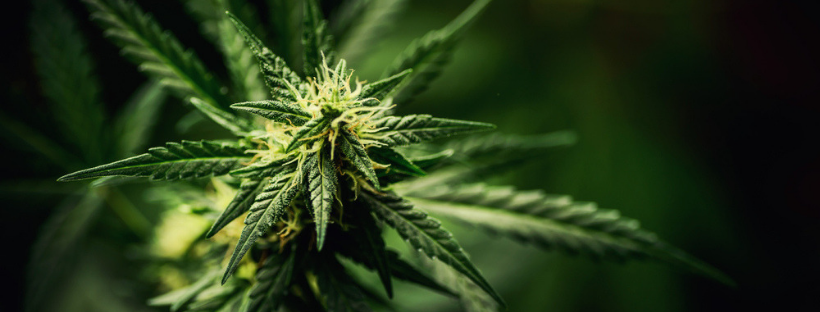
4. Sativa vs Indica: Effects
This section should be taken with a pinch of salt; please note that this is a very generalized classification. As a general point of reference, this division is fine, but there are many factors that determine the effects of specific marijuana strains.
The ratio of CBD to THC, the presence of other cannabinoids, terpenes, your body’s unique chemical makeup — all these factors come to play when it comes to your “high.”
Sativas and sativa-dominant hybrid strains are believed to trigger a more cerebral, uplifting and invigorating type of high, which is why sativas are often recommended for daytime use.
Sativa flowers may come in handy for physical activities, creative work, and social settings. They’re well regarded for their ability to induce a laid-back state of mind, laughter, and chattiness.
Indica strains, on the other hand, are supposed to induce a heavy body high and huge cravings for food. Since indica flowers are mostly sedative, they make for potent painkillers and can also aid your sleep. Long story short, these buds are the stoner’s herbal nightcap.
When used in larger amounts, indica strains may also cause a heavy couch-lock effect, so if you’re new to cannabis, we advise you to keep your intake of greens in moderation.
5. Sativa vs Indica: Medical Benefits
Both species have plenty of medical applications.
Due to the uplifting and invigorating nature of cannabis sativa strains, they’re a considerable option for treating anxiety, ADD/ADHD, fatigue, cognitive impairments, fatigue, and more.
Cannabis indica strains may prove a great medicine for those suffering from inflammation, seizures, fibromyalgia, multiple sclerosis, chronic pain, PTSD, or lupus.
Indicas come with some recreational benefits as well. Since they induce heavy physical relaxation, using some indica flowers before sleep is a decent choice if you’re looking for something to shed the stress and tension off your shoulders after a tiring day
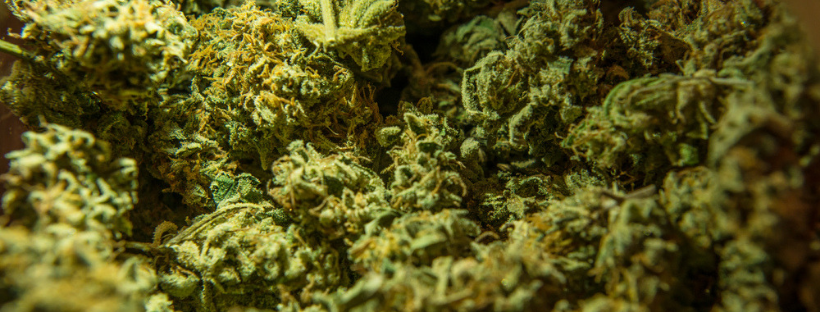
The Truth About Sativa vs Indica Classification
The “sativa vs indica” method of predicting cannabis effect is very convenient, especially for new users who don’t know exactly what their cup of tea is.
This may be a good reference point for starters, but as you explore the world of different marijuana strains, it becomes clear there are so many contradictions to these guidelines that trying to tell the effects of a strain just by its species is a fool’s errand.
In fact, the sativa vs indica classification should have no influence on your strain selection.
According to Dr. Ethan Russo, a neurologist and highly regarded expert in the cannabinoid fields, this system is far from accurate.
“The way that the sativa and indica labels are utilized in commerce is nonsense. The clinical effects of the cannabis chemovar have nothing to do with whether the plant is tall and sparse vs. short and bushy, or whether the leaflets are narrow or broad,” says Russo in his interview Leafly.
Another expert in the field, Jeffrey Raber Ph.D., agrees with Russo, stating:
“There is no factual or scientific basis to making these broad sweeping recommendations, and it needs to stop today. What we need to seek to understand better is which standardized cannabis composition is causing which effects, when delivered in which fashions, at which specific dosages, to which types of [consumers].”
Simply put, not all sativas will make you feel euphoric and giggly, and not all indicas will make you physically relaxed and sleepy.
There’s just no hard evidence that would prove the consistency of the sativa vs indica pattern.
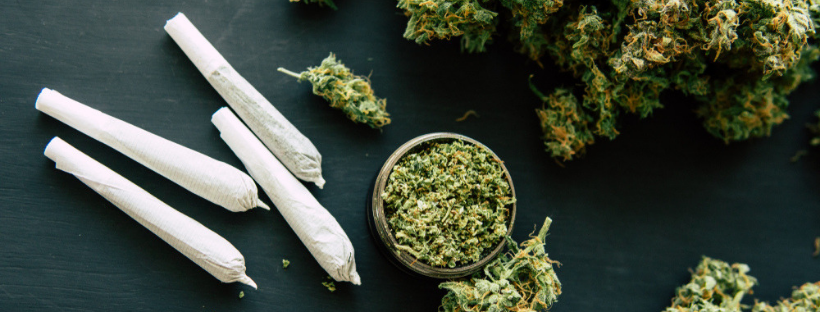
If Sativa vs Indica Isn’t the Predictor of Effects, Then What Is?
Cannabis is a very complex plant.
The effects of any given weed strain will vary depending on an array of variables, such as:
- The strain’s cannabinoid and terpene profile
- Your body’s unique chemistry
- Your marijuana tolerance
- The dose
- The consumption method
Let’s elaborate on the most important factors.
1. Cannabinoid Profile
There are over 113 cannabinoids in the cannabis plant, all of which create a unique set of synergistic effects. THC and CBD are the two most abundant and thoroughly studied cannabinoids; they’re also the “why” behind cannabis’ medical and recreational benefits.
Here’s what you need to know about THC and CBD in cannabis sativa and cannabis indica:
- THC (delta 9-tetrahydrocannabinol): THC is the cannabinoid that makes the user feel “high” or “stoned”, which includes feelings of utter relaxation, happiness, euphoria, hunger, and relieves symptoms like pain, stress, anxiety, nausea, and inflammation.
- CBD (cannabidiol): unlike THC, CBD is a non-intoxicant; it won’t make you high, but it can ease inflammation, pain, anxiety, seizures, and other health problems.
So, instead of basing your strain choice on the sativa vs indica classification, consider using the following division:
- THC-dominant strains: these are most commonly used among people seeking the psychoactive experience in cannabis, but they’re also picked by patients suffering from insomnia, anxiety, depression, and cancer. These strains work well only for people who can easily deal with the intoxicating properties of THC. If you’re not one of those users, you might want to switch to a strain with higher CBD content.
- CBD-dominant strains: these flowers boast high concentrations of CBD with only small amounts of THC. They’re popular among people who are oversensitive to THC or patients looking for the medical benefits of cannabis while avoiding its psychoactive side.
- Balanced (50/50) strains: some strains, both sativa or indica, come with equal ratios of THC to CBD. Such buds provide mild euphoria and symptom relief, so if you’ve just got introduced to marijuana and you’d like to experience marijuana’s signature high before getting too blazed, then evenly balanced hybrids will be your best choice.
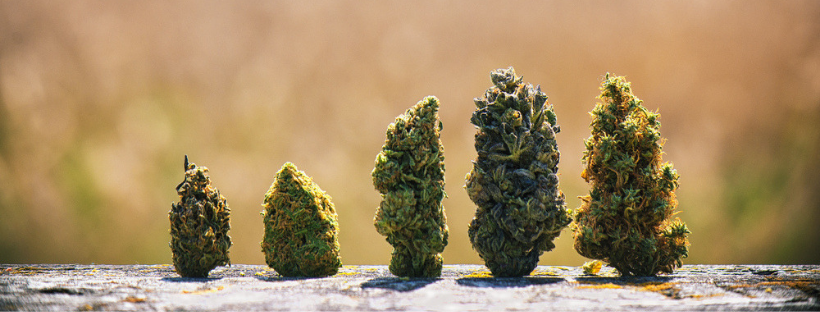
2. Terpenes
Terpenes are aromatic volatile molecules released by plants and fruits to lure us with their scents. They can be found in lavender, hops, roses, pepper, and — of course — in cannabis.
But terpenes also play an important role in creating the unique effect profile of specific cannabis strains. If you’ve ever tried aromatherapy with herbs you probably understand the mechanism behind the therapeutic qualities of terpenes.
Terpenes seem to be the major factors in driving the invigorating or sedating effects in cannabis
While the sativa vs indica morphology isn’t the most accurate way to define the aromas and effects of cannabis, we can do this among individual strains based on their terpene profile.
So, the next time you’re in a dispensary, ask the budtender what terpenes are in the given strain so that you can personalize your experience even more.
3. Unique Genetics (Hybrids)
Hybrid marijuana strains are created through cross-breeding two (or more) unique parent strains.
Hybrids fall somewhere between the sativa-indica spectrum depending on the traits inherited from their parents.
In fact, pure sativa and pure indica strains are in the clear minority. Most flowers available on the market are hybrids.
We can break down these strains into three categories:
- Sativa-dominant hybrids
- Indica-dominant hybrids
- Evenly balanced (50/50) hybrids
Finally, there’s one more variable to consider when trying to predict the effects of a marijuana strain.
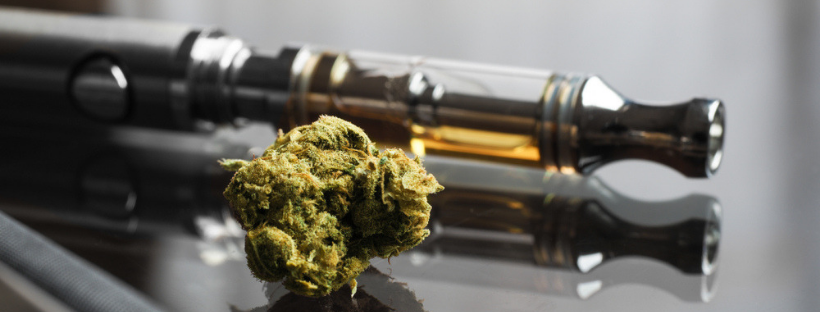
4. Consumption Method
Your go-to consumption method can affect your experience with marijuana, too.
For example, smoking weed will give you more of a heavy high and is easy to overdo. Therefore, a user is more exposed to the adverse reactions caused by too much THC.
If you’re looking for a healthier alternative to smoking marijuana, you can try vaping your buds or concentrates. Vaporization steadily heats the herb to certain temperatures without burning the plant material. In the end, you bring more cannabinoids and terpenes to your body, which provides a clear-headed buzz and longer-lasting effects. The lack of smoke also causes the high to be more energetic.
Last but not least, there are weed edibles you can buy in a dispensary (or make your own batch of baked goods). This consumption method causes cannabinoids to be released at a much slower pace, which is a great option for medical marijuana patients suffering from chronic conditions.
Beware, though, as taking too many edibles can trigger THC-induced anxiety and lower your blood sugar levels to the point you might experience a green-out. In fact, overdosing on edibles is the most common reason for emergency room visits in cannabis users.
It’s best if you take it low and slow, gradually working your way up to the sweet spot.
Conclusion
The sativa vs indica classification is great for determining a plant’s origins, growth habit, and potential yields, but it’s far from accurate when it comes to predicting the physical and psychological effects of a cannabis strain.
Next time you enter a dispensary with a goal to find a strain that will be best suited for your needs, ask your budtender about the THC/CBD ratio in the bud, as well as the terpene profile. This way, you will be able to fine-tune your cannabis experience without having to switch to more potent products such as concentrates.
Do you still pay attention to the sativa vs indica distinction when it comes to marijuana effects?


